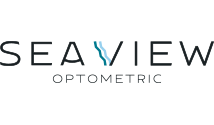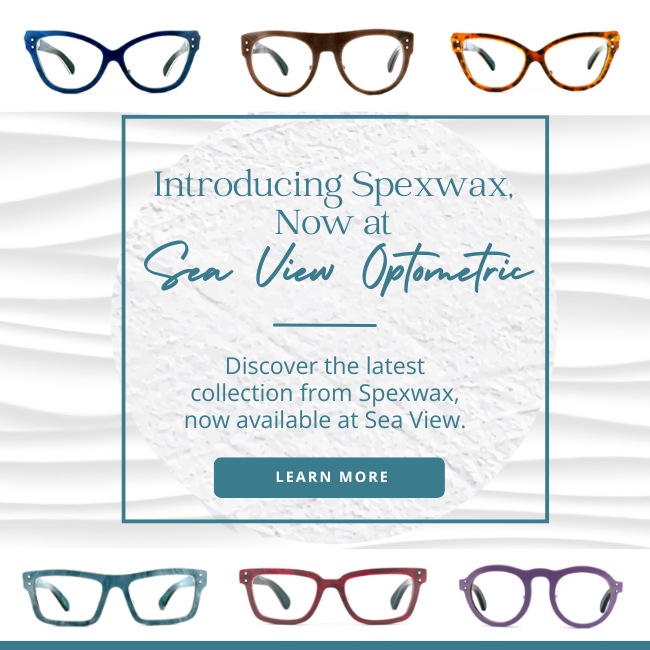Your body constantly changes as you age–on average, most cells are replaced every 7-10 years! Our eyes are no exception, with many adults needing at least reading glasses as they enter their thirties and beyond. So if you don’t wear glasses but haven’t had an eye exam since you were a teenager (or younger), your vision may not be as perfect as you think.
Vision changes happen so slowly that you might overlook them. It starts subtly: headaches after long periods on the computer, difficulty focusing on road signs, or the need to squint to read your favorite book. Fortunately, a visit to the optometrist can help.
I Have Perfect Vision, Why Would I Need Glasses?
Many people assume that 20/20 vision means perfect eyesight. But vision is more complex than that. While 20/20 measures clarity at a standard distance, it doesn’t account for other aspects like depth perception, color vision, or peripheral vision. You might see perfectly at a distance but struggle with close-up tasks, or vice versa.
Regular eye exams can ensure all aspects of your vision function correctly and catch problems before they worsen. Moreover, they can uncover other health problems, even in people who think their vision is fine, so they’re worth regularly doing even if you don’t need glasses.
Common Signs You May Need Glasses
You may not notice small changes in your vision since your brain compensates for them. However, these adjustments become more challenging to maintain over time, leading to symptoms you may dismiss as stress or fatigue.
Spotting warning signs early can help you address vision problems quickly.
1. Blurry Vision
If you struggle to focus on everyday objects—whether texts on your phone or road signs while driving—this could be a sign of refractive errors like myopia, hyperopia, or astigmatism. Blurry vision can make everyday tasks harder and more frustrating than necessary.
2. Frequent Headaches
Headaches are one of the most overlooked symptoms of vision problems. They occur because your eyes work overtime to focus, particularly during tasks like reading or looking at a screen. If you notice recurring headaches, especially after visually-intensive activities, glasses could provide relief.
3. Eye Strain
Eye strain is shared in a digital world where many spend hours staring at screens. Symptoms include tired or aching eyes, sensitivity to light, and discomfort when focusing on objects at a short or long distance. Glasses with the correct prescription—or blue light glasses for screen time—can help alleviate this strain.
4. Squinting to See Clearly
Are you squinting to read menus, recognize faces, or see details? Squinting reduces the light entering your eyes and temporarily improves focus, but it’s not a sustainable solution. Persistent squinting may point to poor vision.
5. Difficulty Seeing at Night
Having trouble driving at night or navigating dimly lit spaces? This is called “night blindness” (nyctalopia), often a sign of vision issues like myopia or cataracts. Proper glasses can help you see more clearly in low-light environments.
6. Double Vision
Seeing double is never normal. It can occur in one or both eyes and is often linked to conditions like astigmatism, serious eye health problems, or neuromuscular issues. If you experience this, visit an optometrist immediately.
How Glasses Improve Vision
Glasses do more than boost clarity—they can improve comfort and confidence in your daily life.
Correcting Refractive Errors
Most vision problems stem from refractive errors, which occur when the shape of the eye prevents light from focusing correctly on the retina. Glasses work by redirecting light to correct these errors, providing sharp, clear vision whether you’re looking near or far.
Reducing Eye Strain
Whether it’s virtual meetings, reading an e-book, or scrolling through social media, glasses can reduce the effort your eyes exert to focus. Some lenses, like anti-glare or blue light lenses, are specifically designed to ease strain from screens.
Adding Style & Comfort

Gone are the days when glasses were purely functional. With various colors, shapes, and materials available, glasses have become stylish accessories. The right pair can complement your personality while providing the comfort and vision support you need.
When Should You Visit an Optometrist?
Not sure if it’s time to see an optometrist? Here are some key signs:
- You’ve noticed any symptoms mentioned above, like blurry vision or frequent headaches.
- You can’t remember your last eye exam. Experts recommend that adults have an eye test every two years or yearly if they have existing conditions.
- You’re experiencing other health concerns like diabetes, which can affect vision.
- You need to renew a prescription but suspect it might have changed.
Visiting an optometrist doesn’t just help with early diagnosis; it’s a proactive way to protect your long-term vision and overall eye health.
Take the First Step Toward Better Vision
Don’t ignore the signs of strain, discomfort, or vision changes. Glasses can offer life-changing clarity and comfort, helping you easily perform everyday tasks.
Here at Seaview Optometric, we believe that everyone deserves the best eyewear. Properly fitted eyeglasses can make a world of difference, not only in how you look but also in how you feel. With the correct prescription and frame style, you can look better, feel more confident, and be more comfortable.
Contact us today to schedule an appointment with an optometrist and take the first step toward seeing the world more clearly.



